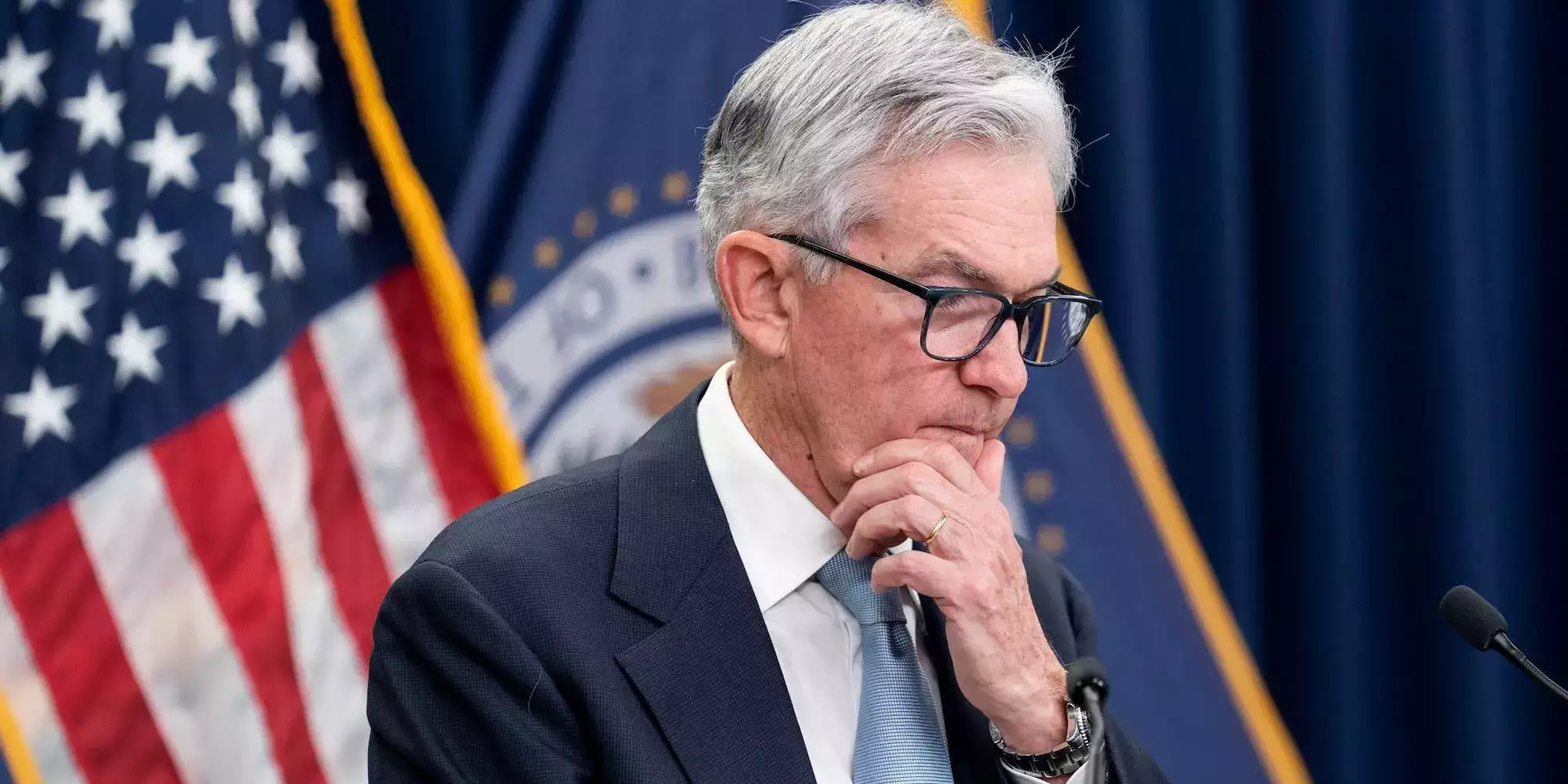Inflation Data Triggers Fed’s Dovish Pivot, Market’s Rollercoaster
The recent inflation data has shifted market perceptions towards a dovish pivot by the Federal Reserve. However, it seems that the market has wrongly anticipated a looser stance at least six times in the past few years. This caution comes from the analysis by Deutsche Bank, raising concerns about the accuracy of such a shift this time.
The stock market has been experiencing a rapid surge over the last month, driven by hopes for a dovish pivot from the Federal Reserve. However, investors are showing a sense of déjà vu as this scenario has played out before. In fact, Deutsche Bank reported that markets have incorrectly priced in such a pivot six times over the last two years.
Since late October, the S&P 500 has jumped up by 9% amidst signs of weaker job growth and lower-than-expected inflation, which has convinced many on Wall Street that the Fed’s tightening cycle is over. Some indications even suggest greater odds of a rate cut as soon as March.
Deutsche Bank highlights six previous instances when the market hoped for a dovish pivot:
November 2021: The emergence of the COVID Omicron variant led to initial fear of economic turmoil. Despite investor retreats, the S&P 500 rebounded to hit all-time highs by late December 2021.
Spring 2022: Russia’s invasion of Ukraine raised concerns about global growth, prompting a lower-than-expected hike by the Fed.
May 2022: Various risks related to China’s zero-COVID policies, the Ukraine war, and the start of Fed rate hikes led to doubts about the central bank’s stance.
July 2022: Expectations for a global recession rose, with falling oil prices affecting inflation readings. The S&P 500 rallied by 9.1% that month.
Fall 2022: The UK’s proposed budget sent its financial markets into chaos, leading to expectations for the Fed to stop hiking and start cutting in 2023.
March 2023: The sudden collapse of the Silicon Valley Bank convinced investors that the Fed would hold off on tighter policy and then start cutting in November.
The current confidence in imminent Fed cuts might be true this time, but Deutsche Bank warns that bringing inflation to the 2% target rate tends to be the most difficult. They point out that when inflation peaks, it’s often driven by temporary factors, such as an energy shock or supply-chain disruptions.
Analysts from Deutsche Bank emphasize that as inflation begins to fall, the debate shifts to the risk of over-tightening and whether policy risks being too restrictive. With markets pricing a pivot for the seventh time, it’s crucial to consider whether the conditions are actually in place for that to happen.

I have over 10 years of experience in the cryptocurrency industry and I have been on the list of the top authors on LinkedIn for the past 5 years.

